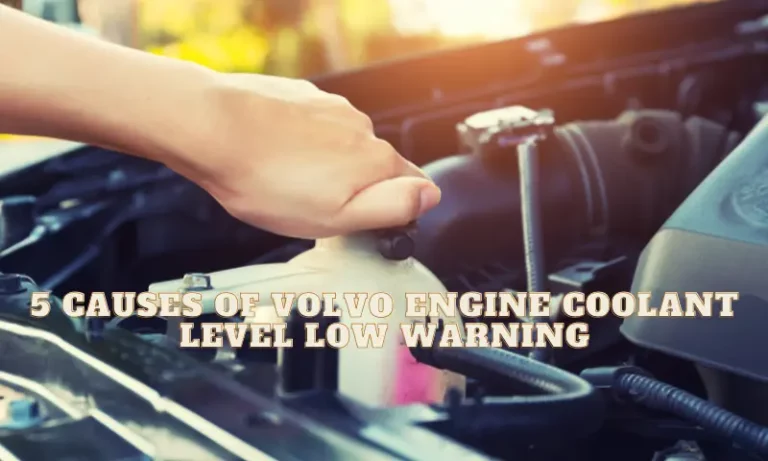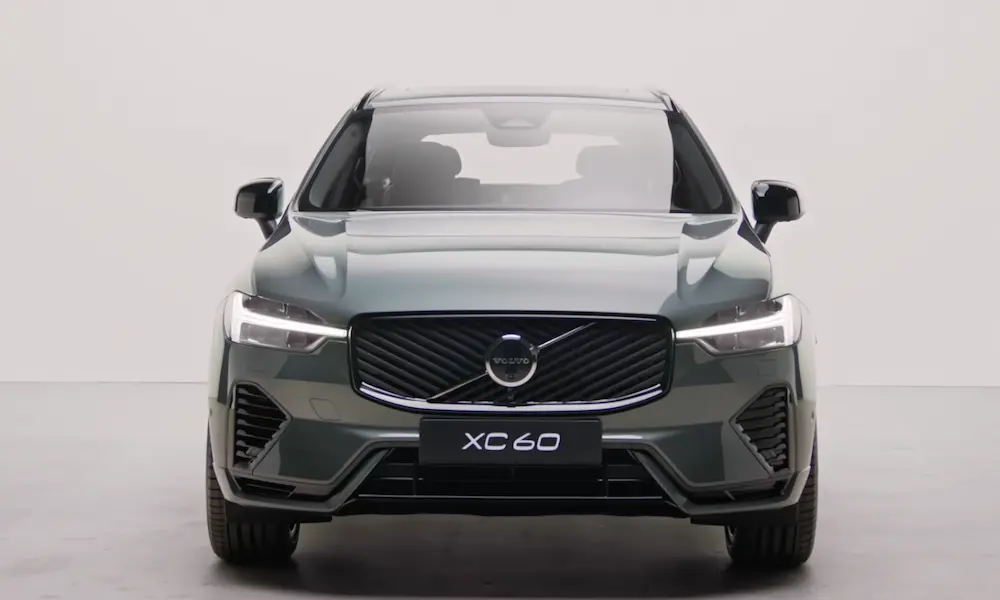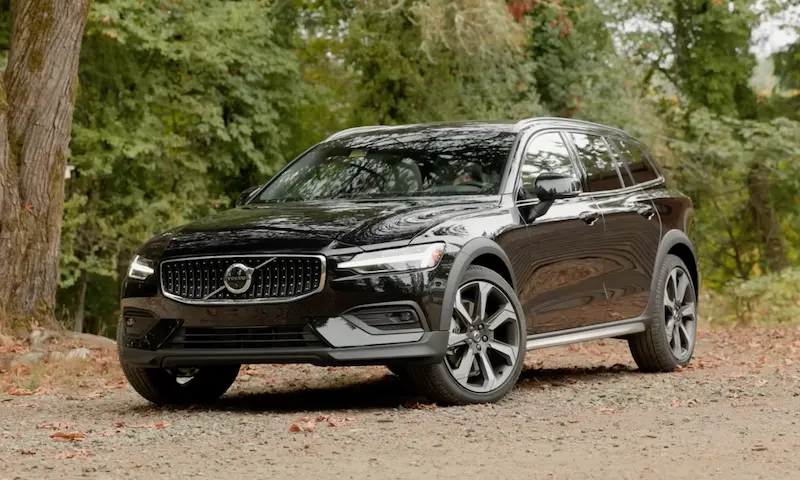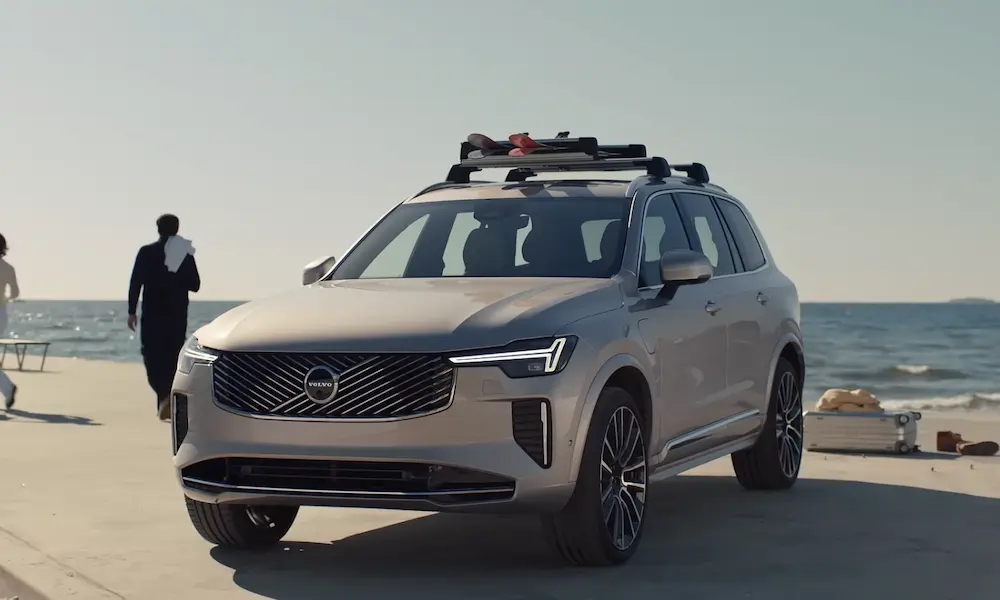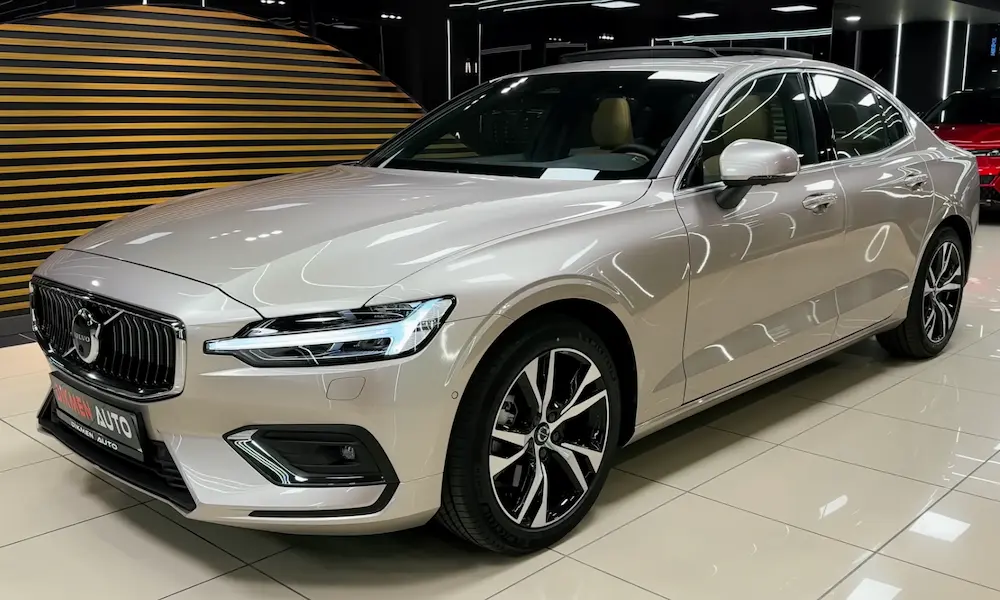Have you ever experienced a “Coolant Level Low, Stop Engine” warning in your Volvo? This alert indicates that your vehicle’s engine coolant level has dropped below the optimum level, requiring you to take action and potentially avoid costly engine damage.
Understanding these warning signs is crucial to maintaining your Volvo’s performance and ensuring its longevity. In the following paragraphs, we’ll explore the causes of low engine coolant levels and discuss how to address this issue.
Common Causes of Volvo Engine Coolant Level Low
Low Coolant Level
If you notice that your Volvo’s coolant level is low, it’s essential to top it off as soon as possible. A low coolant level can lead to air entering the cooling system and causing airlocks, which may result in an overheating engine. Ensure to use a 50/50 coolant-and-water mix, as specified in your owner’s manual.
Engine Temperature
Keep an eye on your engine temperature gauge. If it’s creeping towards the red zone or you see a sudden spike in temperature, it could indicate a problem with your coolant system. An overheating engine can damage the head gasket, causing coolant leaks and expensive repairs.
EGR Valve
The Exhaust Gas Recirculation (EGR) valve helps control emissions by reducing combustion temperature. However, it can become faulty, leading to carbon build-up and coolant loss. Keep an eye on your EGR valve’s performance to avoid any issues with your cooling system.
Leaks and Damage
Regularly inspect your Volvo for signs of coolant leaks or damage. This could involve checking the radiator cap, hoses, expansion tank, intake manifold gasket, and other components linked to the cooling system. In some cases, a blown head gasket or overpressure in the cylinder head could occur, leading to coolant leaks and potential engine damage.
By staying aware of these warning signs and causes, you can maintain your Volvo’s cooling system effectively, preventing costly repairs and ensuring the health of your engine.
Checking and Maintaining Coolant Levels
Topping Up
If you get a “low engine coolant level” warning in your Volvo, it’s essential to address the issue promptly. First, safely stop your vehicle and let the engine cool down. Locate your coolant reservoir, which is usually a transparent container near your engine, and check the level. If it’s below the minimum level, top it up to the appropriate level using a coolant recommended by Volvo. It’s crucial to ensure that you’re using the right coolant mixture for optimal performance and protection against corrosion.
Coolant Mixture
Volvo recommends using a coolant mixture that’s comprised of 50% water and 50% coolant. This mixture ensures that your engine is protected from corrosion and operates at the right temperature. Keep in mind that a high content of chlorine, chlorides, and other salts can cause damage to your cooling system. Make sure that you mix the coolant with water of an approved quality.
Flush and Changing Coolant
It’s essential to change your coolant periodically according to your specific Volvo model’s recommended intervals. Over time, the coolant can become contaminated, and its efficiency decreases. Consequently, your engine may not receive adequate temperature regulation, leading to overheating or freezing.
To change your coolant, first, drain the old coolant from the system. Utilize a coolant flush to remove any debris or buildup inside the radiator and cooling system. Once the flush is complete, refill the cooling system with the coolant mixture.
Remember to consult your vehicle’s owner’s manual for specific guidance on topping up, mixing, and changing coolant. Following these instructions can help you maintain your Volvo’s performance and prolong its engine life.
Coolant Types and Quality
When dealing with your Volvo’s engine coolant level low warning, it’s essential to understand the different types of coolants and their quality. This will help you ensure the best performance and longevity of your vehicle’s engine.
Coolant Concentrate
Coolant concentrate is a pure, undiluted form of coolant designed to be mixed with water before being added to your vehicle. It offers a high level of protection against overheating, freezing, and corrosion. To achieve the correct coolant mixture for your Volvo, follow the manufacturer’s recommendations, typically a 50% coolant to 50% water ratio. This mix provides optimal freezing protection and promotes better heat transfer compared to using a higher or lower concentration.
Ready-Mixed Coolant
Ready-mixed coolant, often referred to as pre-mixed or 50/50 coolant, is pre-diluted with water to the recommended 50/50 mix. This type of coolant offers the convenience of not needing to be mixed before use and is compatible with your Volvo. Just be sure to confirm if the ready-mixed coolant is suitable for your specific Volvo model.
Water Quality
Water quality can have a significant impact on your coolant’s effectiveness. You should avoid using tap water due to the presence of chlorines, chlorides, salts, and other minerals that can promote corrosion. For mixing coolant concentrate, use distilled or demineralized water, as these are free from impurities and can help maintain the coolant’s anti-corrosion properties.
Anti-Corrosion Agents
Anti-corrosion agents are additives in coolants to protect the engine and cooling system components from corrosion. They help prevent the build-up of deposits that can cause blockages and negatively affect the efficiency of the cooling system. Both coolant concentrate and ready-mixed coolant typically contain these agents, ensuring the longevity and performance of your Volvo’s engine and cooling system. Just make sure to follow Volvo’s recommendations for the right type and quality of coolant for your specific model.
By understanding these aspects of coolant types and quality, you can better address your Volvo’s engine coolant level low warning, ensuring your vehicle remains in optimal condition.

